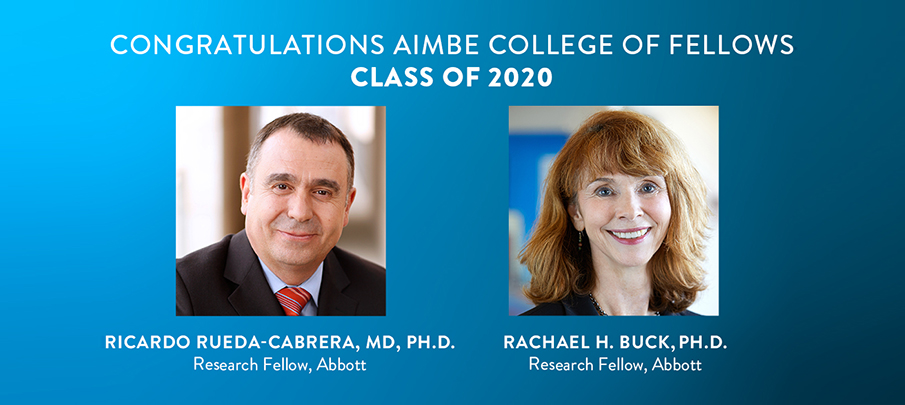An Abbott-supported study published in the Journal of Pediatric Gastroenterology and Nutrition shows that this fortifier helps support optimal growth as well as tolerance, or ease of digestion, in preterm infants. And babies that are thriving — gaining weight and growing daily — may get to leave the hospital sooner.
Tailored Feedings Support Individual Needs
My experience in hospitals, including neonatal and pediatric intensive care units, gave me an appreciation for how hard healthcare teams work to feed babies. In the NICU, individualized feeding based on a baby's changing needs is the standard of care. To make the task easier for dietitians, Abbott developed a nutrition software system called WebNova Neonutrition Optimizer.
Here's how it works: Say you have half the volume of breast milk you need for a feeding and you need to add a fortifier. You can simply input the volumes of human milk, fortifier and preterm formula into the system and it will crunch the numbers for you — ensuring that you are always providing optimal, nutritionally-balanced feedings. Not only that, if a baby has special nutritional needs you can target specific nutrients, seeing if you can boost some and minimize others. NICU dietitians can create and improve the quality of each feeding with this nutritional calculator.
Bringing Baby Home
Our research doesn't stop at hospital care. Preterm babies are often smaller than their term-born counterparts when they reach 40 weeks gestation. This is about the time preterm infants are discharged from the hospital to home. We know that babies born early benefit immensely from optimized nutrition once they leave the hospital so we've developed products for parents to use at home.
For babies going home, we provide human milk fortifiers for breastfed infants and other formulas like Similac NeoSure® which supports important catch-up growth during a baby's first year. NeoSure, an extensively studied post-discharge formula, has more protein, calcium, phosphorus, and other nutrients than formula designed for full-term infants. Compared to preterm babies fed standard infant formula, preemies fed Similac NeoSure have demonstrated improved catch-up growth. Also on NeoSure, they have shown increased lean body mass growth and improved visual and language development.
Working Toward the Future
We're always thinking about ways to further improve the health and lives of these babies. Working with emerging science is exciting, and in the years ahead we plan to make great strides in both aiding brain and digestive development in preemies. Preterm nutrition is miles ahead of where it was when I started at Abbott, and we will continue to improve our ability to care for premature infants.
An important motivating factor for me — and my colleagues — is that we're passionate about helping theses vulnerable babies grow and thrive so they can they go home for the first time. It's a rewarding privilege to help develop these innovative nutritional products that help preemies become their strongest selves.




Social Share